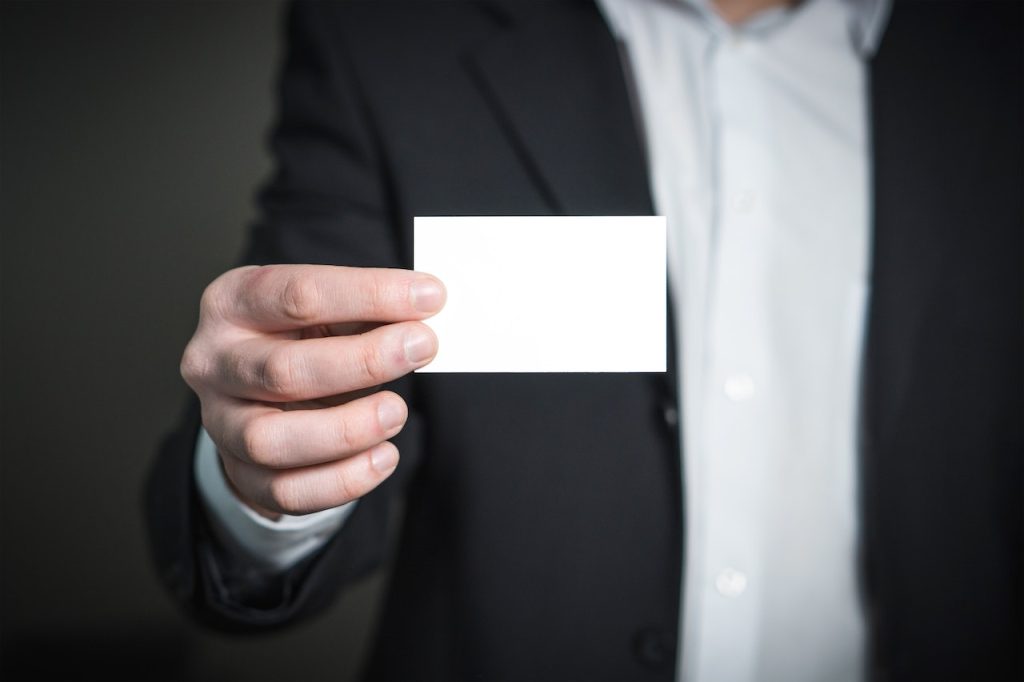Over time, giving someone a business card has meant more than just exchanging contact information. People are using business cards for more than just getting in touch. They may offer a link, show how skilled your company is, or show how special the brand is. This page will tell you everything you need to know about the history of business cards, such as when, where, and why they were first made.
Why Is a Business Card Important?
A business card is a small piece of paper with professional details. Business cards are small pieces of paper or cardboard, usually with a person’s name, job, business name, and contact information. But over time, the value of a business card could change. Most business cards are just used to contact the person who sent them.
What Went Into Making Business Cards?
People who like typefaces like us are interested in how business cards came to be. “Business cards” have been called many different things over the years, such as “visiting cards,” “calling cards,” “trade cards,” and “name cards.” The names all mean the same thing but have different social and cultural meanings. We must discuss China, Britain, calling cards, and the printing press to get a full picture of what’s happening.
Business cards have existed since the 15th century, at least in China, but researchers think they took off in England in the 17th century. The nobles, kings, and queens would send out “visiting cards” to let people know they were there. These were just simple cards made of paper or wood with fancy handwriting and, for the rich, gold etching.
The introduction of print
You may know that the German jeweler Johannes Gutenberg invented the printing press in 1436. This change made it possible for a much larger number of people than ever before to read books, newspapers, and other written works.
At the time, it was clear that illiteracy was very common. Still, there was no good way to get these books to people. For example, how could a hundred Bibles be sold in a place where only three people could read? But printing took off when printers set up a market with fishermen who would bring the news by ship to other town centers. As the printing press became more popular, more people learned to read and write, and printed goods sold went through the roof.
The star of cards
The Chinese aristocracy’s use of calling cards may have inspired Europeans to use calling cards as a social decoration. You could put a picture or your name on one side, and on the other, you could write notes by hand. You should put your presents and a note for your friends.
You had to follow a few rules when you used a real Victorian business card. Due to their strict manners, they could make you look good or bad in your social group. Your card was a pretty big one. People who had cards with nice drawings had an advantage.
Trade increased the use of cards.
In London, trading cards were becoming popular while calling cards were at their peak. Trade cards were like resumes for the card business. Back then, you couldn’t use Google Maps to get around London, and few people addressed it.
Some businesses would put ads on one side of the card and a sign with their address on the other. On the front of the card, they may also write their job title and where they work. The company’s representatives then handed out the cards in public places to get customers.
Modern Business Cards
Business cards had changed a lot since the days when they were just like calling cards. One thing that stays the same is that they make it easy to share personal information. In today’s business world, business cards are still needed to reach out to new customers and connect with other pros. Instead of just asking for someone’s email address, giving them other ways to reach you might be better.
Modern business cards that are well-planned or made with style are more likely to stand out. Changes or upgrades to business cards could have a big effect. Also, you can now find a lot of information about creating and preparing business cards online.
Even though digital technology is improving, business cards are still alive and well, despite what most people think. Statistic Brain says that 10 billion business cards are made every year. Modern business cards with QR codes and links to social media accounts and websites make it easy to meet new people and connect.
Conclusion
Many rules that used to govern how business cards and calling cards were given and received are now seen as outdated. But in other places, the rules about how to use business cards are still very strict. Etiquette for using business cards is an important part of doing business worldwide. Even though business cards have changed a lot since they were just simple calling cards, they are still an important part of business contact.

